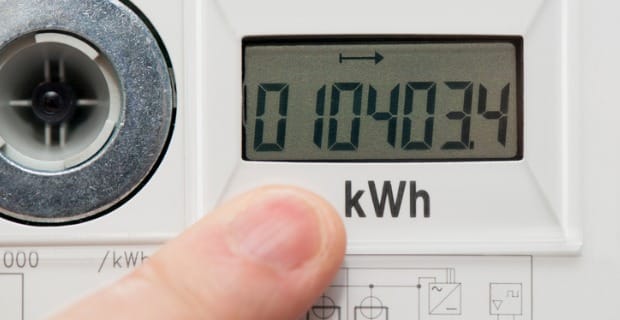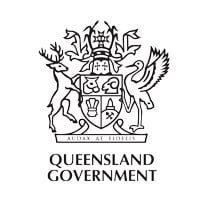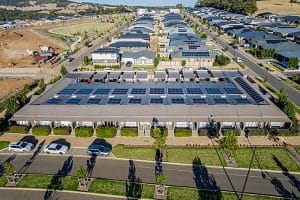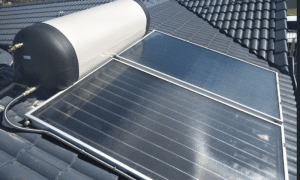Changes to the 44 cent Queensland feed-in tariff will apply retrospectively from February 15 2018 if new legislation is passed.
A bill introduced into Queensland Parliament last week contains new rules around the ‘legacy tariff’ of 44 cent per kWh. This premium tariff only applies to those who installed solar before July 10 2012.
The ‘Electricity and Other Legislation (Batteries and Premium Feed-in Tariff) Amendment Bill 2018’ sets out clearer guidelines on eligible solar power installations.
It also warns customers on the premium tariff not to use battery storage to feed power into the grid. Customers will lose their premium tariff status if they install a battery that can supply electricity to:
- The electrical installation at the same time as the qualifying generator, other than during a supply interruption; or
- The distribution entity’s supply network.
This effectively prevents battery owners from feeding excess power into the grid at night, thereby capitalising on the 44 cent rate.
Strict rules for Queensland feed-in tariff
Customers will also lose the tariff if they add solar panels to generate power above the approved total rated inverter capacity.

Queensland Energy Minister Mark Bailey introduced a similar bill in June last year. That legislation also put a limit on the maximum output of a household’s solar system.
The move came amidst government fears of a blow-out in its Solar Bonus Scheme. The 2017-18 Budget set aside $771 million to cover the scheme.
Mr Bailey said the scheme faced a billion dollar blowout if caps were not set on feed-in tariffs. “When the Solar Bonus Scheme was first established, new technologies like batteries were not a consideration,” he told ABC News.
Solar Bonus Scheme to run until 2028
Customers lose their 44 cent feed-in tariff eligibility if they:
- move house (as this results in a new electricity account holder for the premises);
- sell or let their house (if this results in a new electricity account holder for the premises);
- increase their inverter capacity;
- close their electricity account;
- disconnect (for example, because of unpaid bills);
- add extra panels which exceed the rated capacity of their system’s inverter; or
- use alternative energy sources, such as other generators or batteries, when the system receiving the 44 cent feed-in tariff is operating.
In 2014 Premier Annastacia Palaszczuk rejected the Queensland Productivity Commission’s recommendation to end the scheme early. It will run until 2028.
In December 2016, the NSW Government scrapped its own Solar Bonus Scheme with its generous 60 cent feed-in tariff.







































